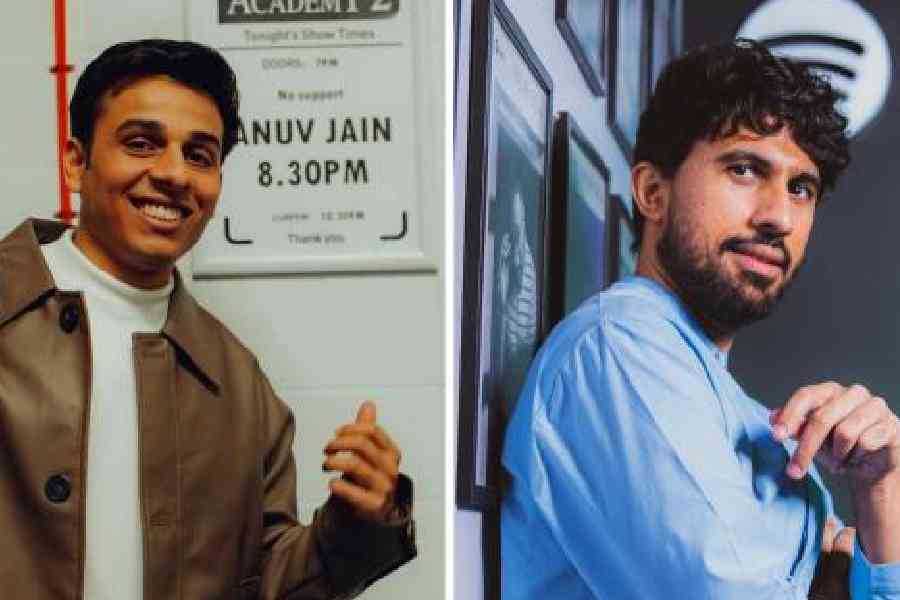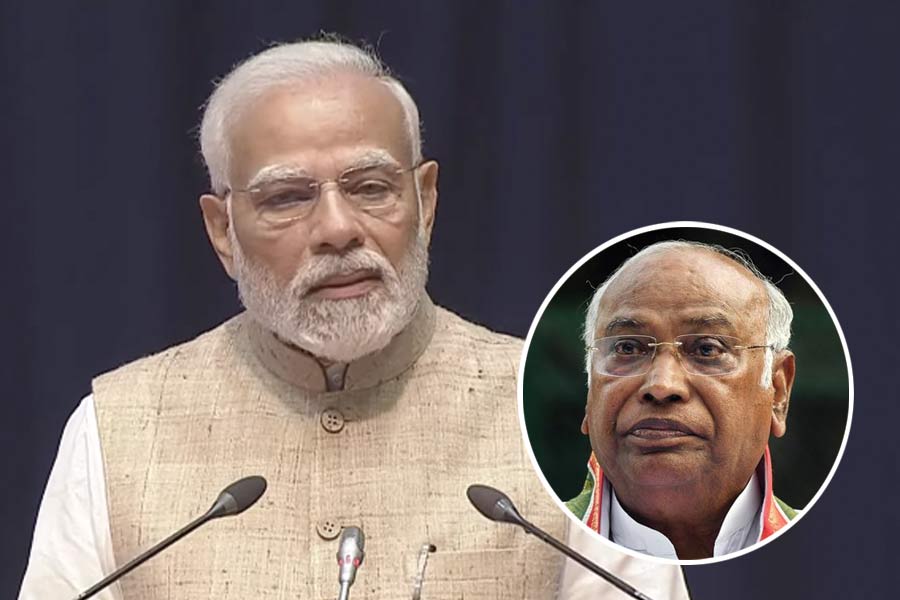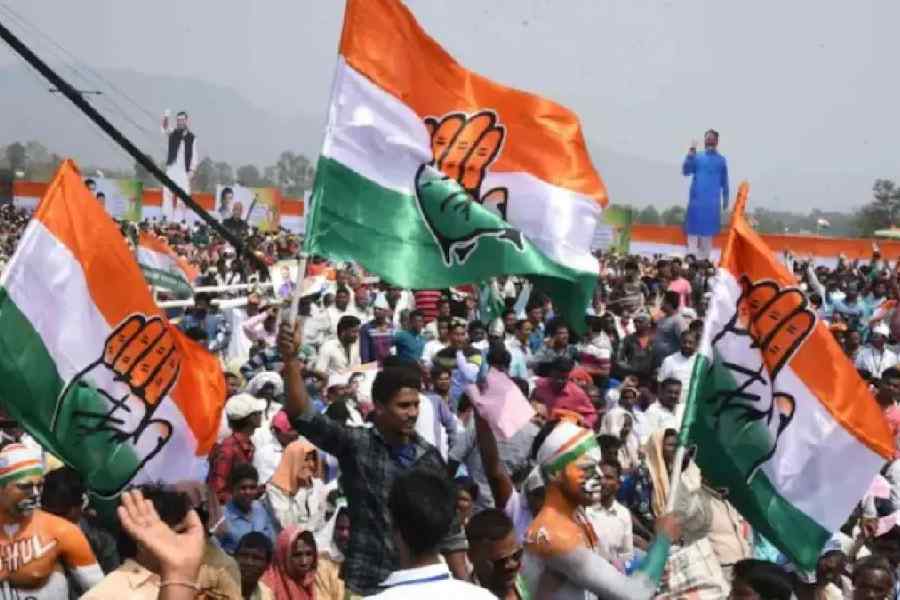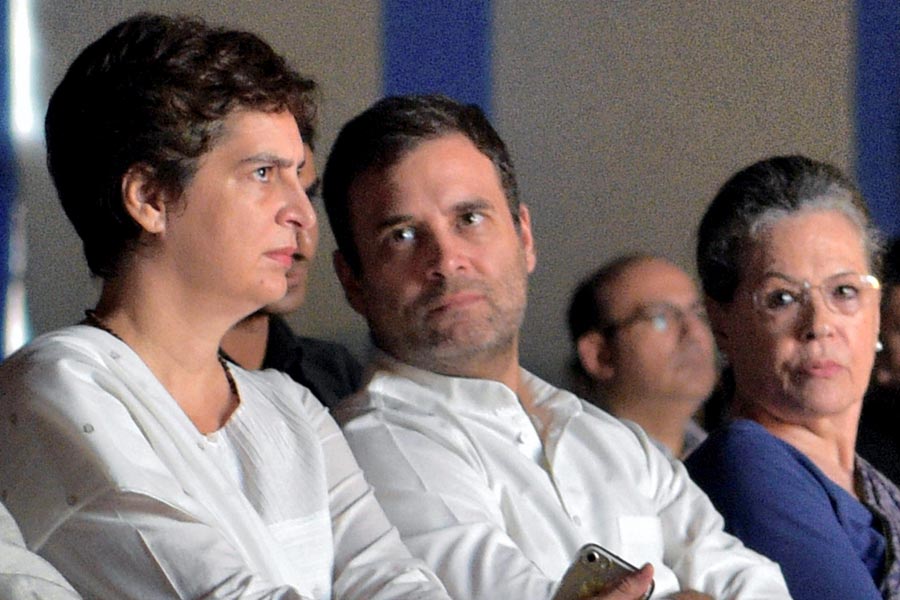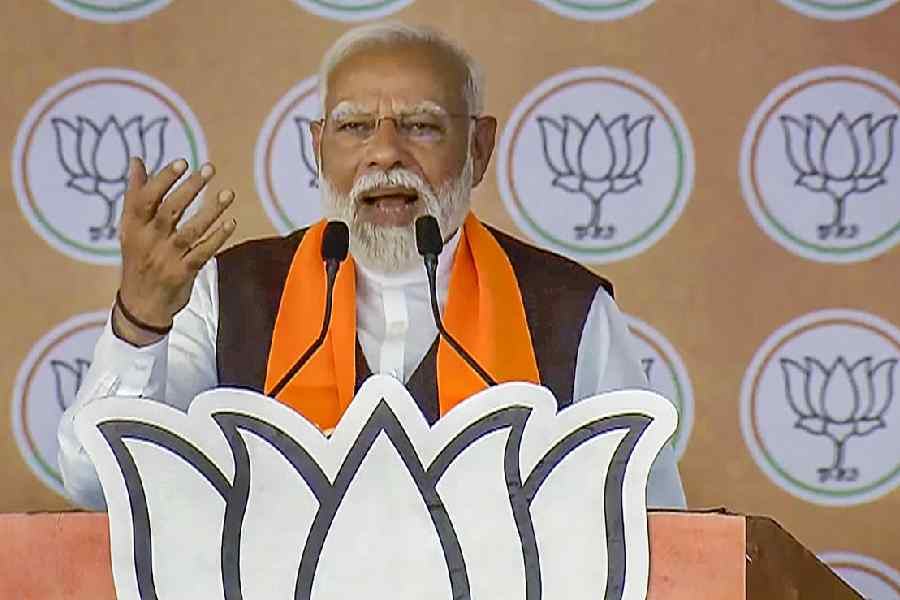Spotify’s growth in India has been nothing less than phenomenal and the story continues to unfold as the streaming platform turns five in India (the audio streaming platform’s 79th market in the world). Much of the success is because of localisation of product features, premium plans, playlist curation, brand campaigns, and on-ground experiences, Spotify has more than doubled in its brand love metric since January 2020 till date, currently at an all-time high of 77 per cent.
Over the last five years, Spotify has also deeply invested in educating the artiste community on how to make the most of Spotify For Artistes, a platform that empowers artists and their management to analyse how their music is being consumed. Today, 28,000-plus artistes from India use Spotify For Artistes, up 2x from last year. Further, Spotify in India has pivoted from nearly 70 per cent international music streaming at launch to more than 70 per cent local music streaming today. In addition, the consumption of music from India has grown globally, with 85 per cent year-on-year growth in 2023 alone.
What does the platform mean to a young artiste? We asked this question to musicians OAFF and Anuv Jain.
OAFF
You were featured on the Spotify RADAR playlist long before your Bollywood debut with Gehraiyaan. What role has Spotify played in your initial music journey? How did this feature impact your visibility and engagement on the platform?
I think being a RADAR artiste made a big difference. Our song So Good was a RADAR release and it performed really well which gave me a lot of visibility and engagement as an artiste. It’s always nice to be a part of the RADAR family as it feels like an ecosystem that supports upcoming musicians while the artistes also support each other and share their music, so it’s really cool.
In the digital age, streams have become a key success metric. How do you perceive the importance of streaming numbers in evaluating success?
While I look at my streaming numbers regularly and keep a tab on how my songs are performing at any point in time, I feel streaming numbers are basically just a metric to show you how engaged your audience is and that somebody is actually listening to your music.

The Spotify UI
Are there specific milestones or numbers you aim for when it comes to streaming on platforms like Spotify?
There are always some milestones and numbers in mind while releasing new music to achieve a particular number of streams, but I feel it’s not something that you can plan towards making it happen. A song has its own life and it does what it does post-release. Of course, you want to support it as much as you can, and platforms like Spotify really help with that. But I think the bigger milestone for me is to see how many people are engaging with my music, how many listeners I have at some point, and the number of followers I have on Spotify for example, as that means that somebody cared enough to follow you to listen to not just one single song but because they maybe like your whole catalogue, so I think that is a great metric and milestone to strive for.
If you compare the present scene with when you started making music, have you noticed any shifts in your audience demographics or preferences?
There has been a huge shift in my audience and the demographic of the audience that listens to my music. Initially when I started off, I was making music primarily in English and instrumental electronica, so a lot of my listeners were those kind of people who listened to more English electronica music. But once I started doing Hindi music and especially film music like Gehraiyaan, Tu kahaan and then Kho gaye hum kahan, my audience shifted slightly to a much more wider audience where there’s a lot more Hindi-speaking audience, but they are the kind of Hindi speakers who also listen to English music. So, now it’s become a mixed audience that likes English music but also wants something new in Hindi music. What’s interesting is that some of the people who were in my initial demographic have actually taken this journey with me to actually what I’m creating now.
ANUV JAIN Can you share a bit about how you discovered your passion for music and what prompted you to pursue it professionally?
I have been singing since a very young age. I started playing the guitar when I was 14 years old and started writing songs by the age of 16. So, I was always keen on pursuing music but as a hobby. I was working in the family business but as the years progressed, I kept releasing a few songs independently which started doing very well. It was in 2020 when I realised that I should pursue music professionally and that if I didn’t then I would regret it for the rest of my life. Hence, I decided to give it a shot and got into pursuing music full-time.
You have around 11 million monthly listeners on Spotify. How has the platform played a pivotal role in shaping your musical career, especially considering the distinct acoustic of your music?
Spotify has played a very critical role in my music journey. I am not sure whether people know this, but my music has been up on Spotify even before the platform was launched in India. So I’ve had a very long relationship with them. I think the audience on Spotify wants to explore a lot more music and explore different genres of music, and that has definitely helped me out. The entire team at Spotify has also been so supportive and incredible towards my music. Overall, considering all these factors I think Spotify has really helped me reach so many people and I am truly grateful for that.
How do you look at streaming numbers when it comes to evaluating success?
Streaming numbers are extremely important but I don’t think they are everything for considering a project as a success. How a person has been impacted by the music also matters a lot. Even if your music can make one person feel something, it is in itself a metric for the song’s success. But we all rely on different metrics to decide on the success or failure of something. However, the number of streams is definitely extremely important as it tells you the number of people who are interested in listening to your music and the number of times people have come back to listen to your music but it is still not the only metric for success.
Finding the right audience is crucial. How has Spotify helped you in identifying and connecting with your target audience?
Spotify has helped in a lot of ways – by putting artistes on editorial playlists, they help us reach a very brand new audience who might be listening to similar music or genres. There are also several editorial playlists, such as All India and many global ones, that help artists find audiences both nationally and internationally. That is a key factor for artists in growing and developing their listening audience.
At the same time, the kind of statistics that Spotify provides in terms of the number of streams coming from a particular city and country, helps you understand where your core listener base is coming from. This data really helps us in planning live shows in the respective regions and reaching out to a whole new audience who enjoys my music. There is a direct correlation between the number of streams and the number of people who come for these shows. So it definitely helps us to decide which cities are critical for us and the cities we need to work on.
How do you think that the indie music space in India is coming about? What future does the genre hold? Do you think it’s getting the recognition it deserves?
I think the independent music scene in India is booming right now. A lot more artistes are coming out and telling their own stories, and they are being able to release their music on their own which is so empowering. The future is honestly limitless — there is so much that can be done and there is so much that is already happening, which feels incredible. The recognition we are getting now is definitely amazing, but I don’t think it is going to be ever enough because people always keep wanting more. But as compared to where we were a few years ago, I think we are in a much better place and it’s only going to improve. I hope more people take up music independently and a lot more beautiful stories come out of the country through music.

